• Adenovirus Service • AAV Service • Lentivirus Service • Retrovirus Service




Mice enter their twilight years at around two years of age, which is roughly equivalent to 80 years in humans. When scientists introduce specific mutated genes into mice and age them over time, the mice become forgetful and irritable, eventually displaying the same symptoms of Alzheimer's disease that many older adults experience.
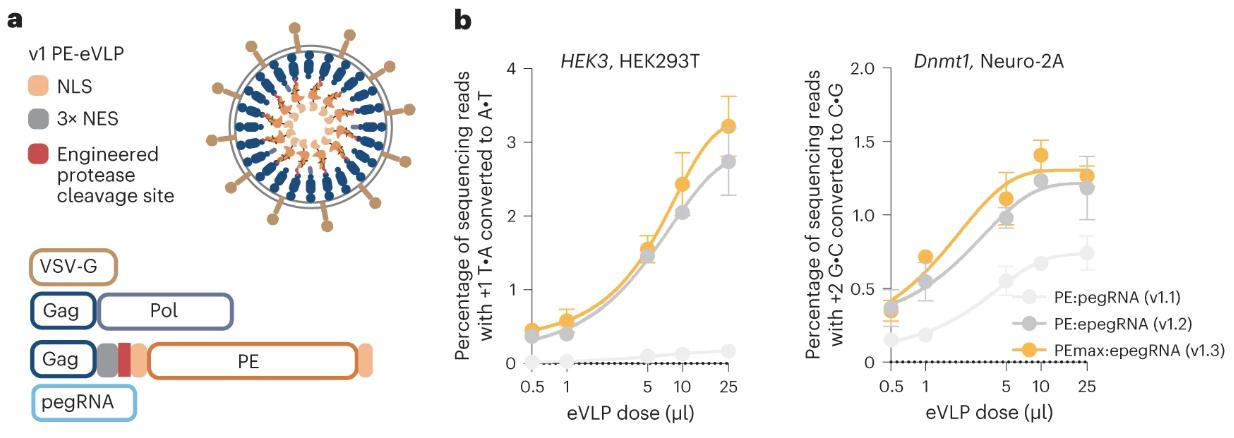
David Liu's team from the Broad Institute in the United States published a research paper titled "Engineered virus-like particles for transient delivery of prime editor ribonucleoprotein complexes in vivo" in the journal Nature Biotechnology. This study developed prime editor engineered virus-like particles (PE-eVLPs) that deliver prime editor proteins, prime editing guide RNAs and nicking single guide RNAs as transient ribonucleoprotein complexes. The researchers systematically engineered v3 and v3b PE-eVLPs with 65- to 170-fold higher editing efficiency in human cells compared to PE-eVLP constructs based on previously reported base editor eVLP architectures. And achieved in vivo base editing and restored partial visual function in two mouse models of genetic blindness.
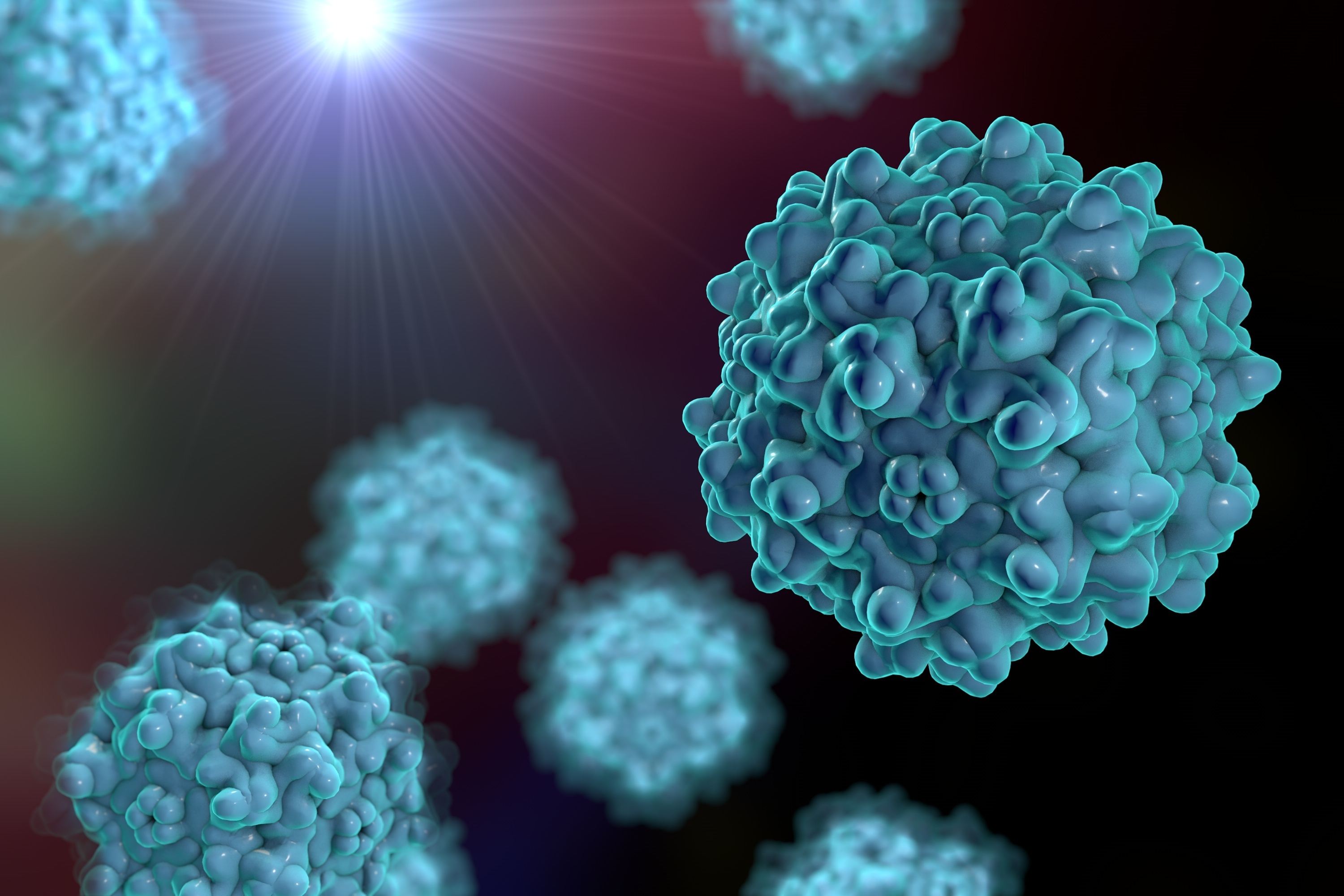
The downstream processes of AAV production mainly include: cell lysis and clarification, viral vector purification (capture purification, fine purification, ultrafiltration concentration, etc.), formulation/canning, and quality testing.

Gene therapy was born to treat genetic diseases, but with the development of technology, in recent years it is going beyond the scope of treating genetic diseases and gradually entering the field of major non-genetic diseases, and even the field of solid tumors. As the field of AAV gene therapy grows, its upstream and downstream production links also need to be improved. The entire industrial production process of AAV gene therapy products can be roughly divided into three parts: upstream culture, downstream purification and finished product packaging. Among them, upstream culture and downstream purification involve more production steps and the technology is more complex. Next, let us go into the upstream of AAV industrial production to find out!

Gene therapy is one of the hottest therapeutic fields at present, and multiple gene therapies have been approved by regulatory agencies in recent years. A number of pipelines that have entered late-stage clinical studies are also approaching approval for marketing. At present, most gene therapy applications still use viral vectors. These viral vectors have been modified so that they are no longer pathogenic. Widely used viral vectors include adenoviral vectors (ADV), lentiviral vectors (LV), herpes simplex virus vectors (HSV), poxvirus vectors (PV) and adeno-associated virus vectors (AAV).

AAV has broad application prospects as a vector. In addition to being used for the treatment of genetic diseases, it can be used for the treatment of tumors and can also be used as a vector to construct vaccines. AAV also has certain applications in influenza prevention. AAV-mediated antibody expression can protect elderly and immunodeficient mice from influenza virus damage.
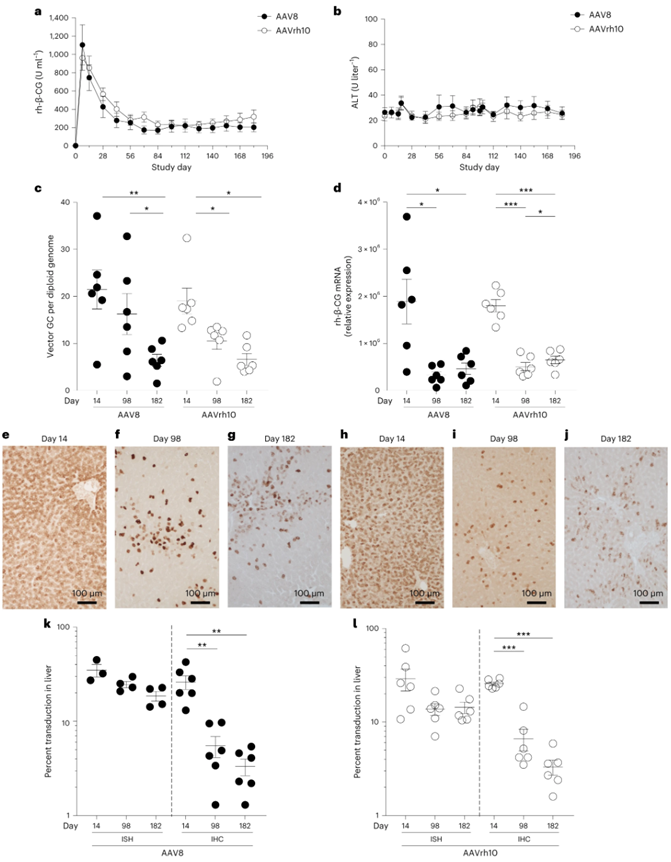
Professor James Wilson's team from the University of Pennsylvania published a research paper titled "Integrated vector genomes may contribute to long-term expression in primate liver after AAV administration" in the journal Nature Biotechnology. On the same day, Professor James Wilson's team also published a research paper titled "Prevalent and Disseminated Recombinant and Wild-Type Adeno-Associated Virus Integration in Macaques and Humans" in the journal Human Gene Therapy.
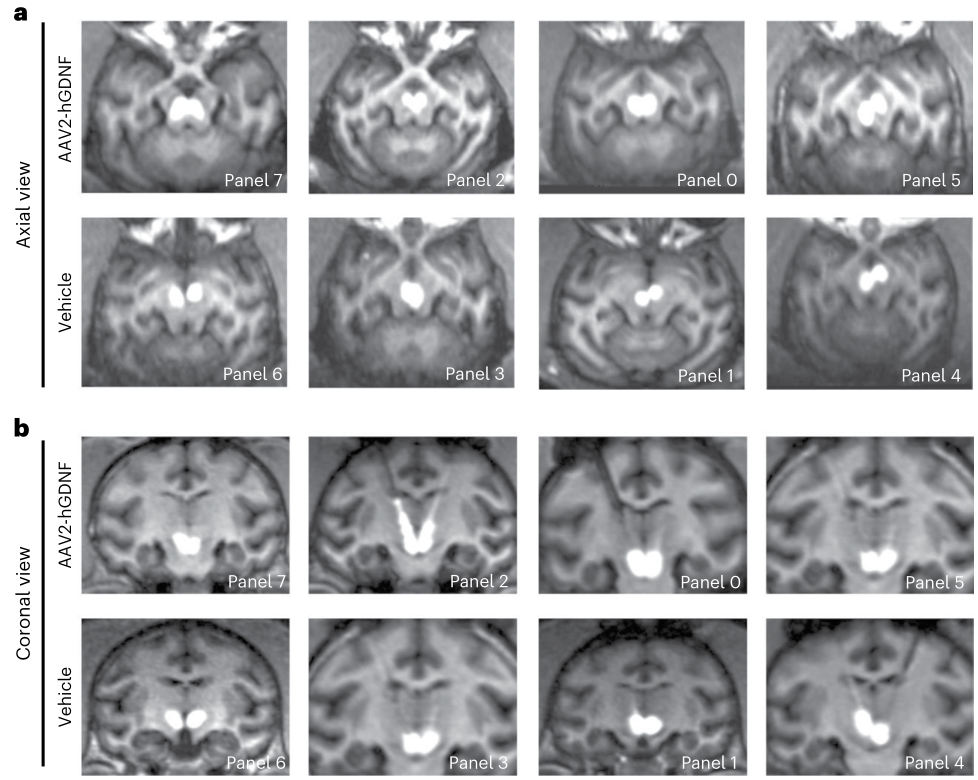
Alcohol use disorders (AUD) impose significant personal, social, and economic costs worldwide. Return to drinking is common among patients with AUD seeking treatment, resulting from cycles of repeated abstinence-relapse episodes, even with currently available pharmacotherapy.
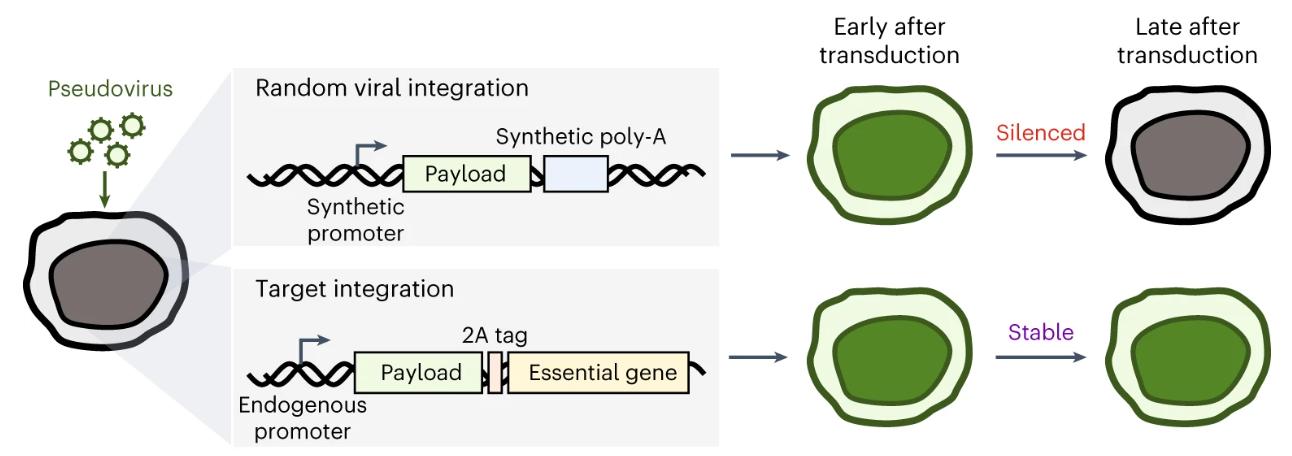
In order to maximize the therapeutic potential and improve the efficacy and safety of engineered cells, it is often necessary to express large fragments of genes or complex gene circuits in cells. For example, when constructing CAR-T cells, the ability of T cells to kill cancer cells can be improved by introducing chimeric antigen receptor (CAR) genes into T cells. CRISPR activation (CRISPRa), CRISPR interference (CRISPRi), and logic gates can further enhance the efficacy of CAR-T cell therapy, but its long-term expression in primary cells remains a major challenge.
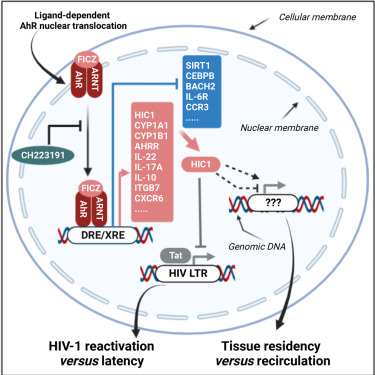
Antiretroviral therapy (ART) has transformed HIV-1 infection into a manageable chronic disease and increased the life expectancy of people living with HIV-1 (PLWH). During antiretroviral therapy, HIV can quietly hide in a reservoir of CD4+ T lymphocytes, a special type of white blood cell that plays an important role in activating the body's immune system to fight infection. The existence of these viral sanctuaries may explain why antiretroviral therapy must be continued throughout a patient's life to prevent HIV from replicating. According to WHO data, by the end of 2021, more than 3,800 people worldwide will be infected with HIV.